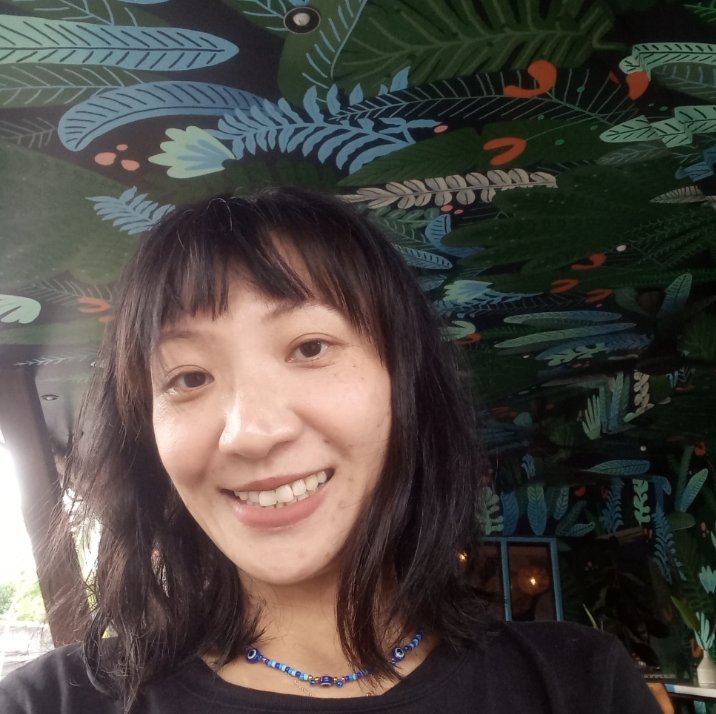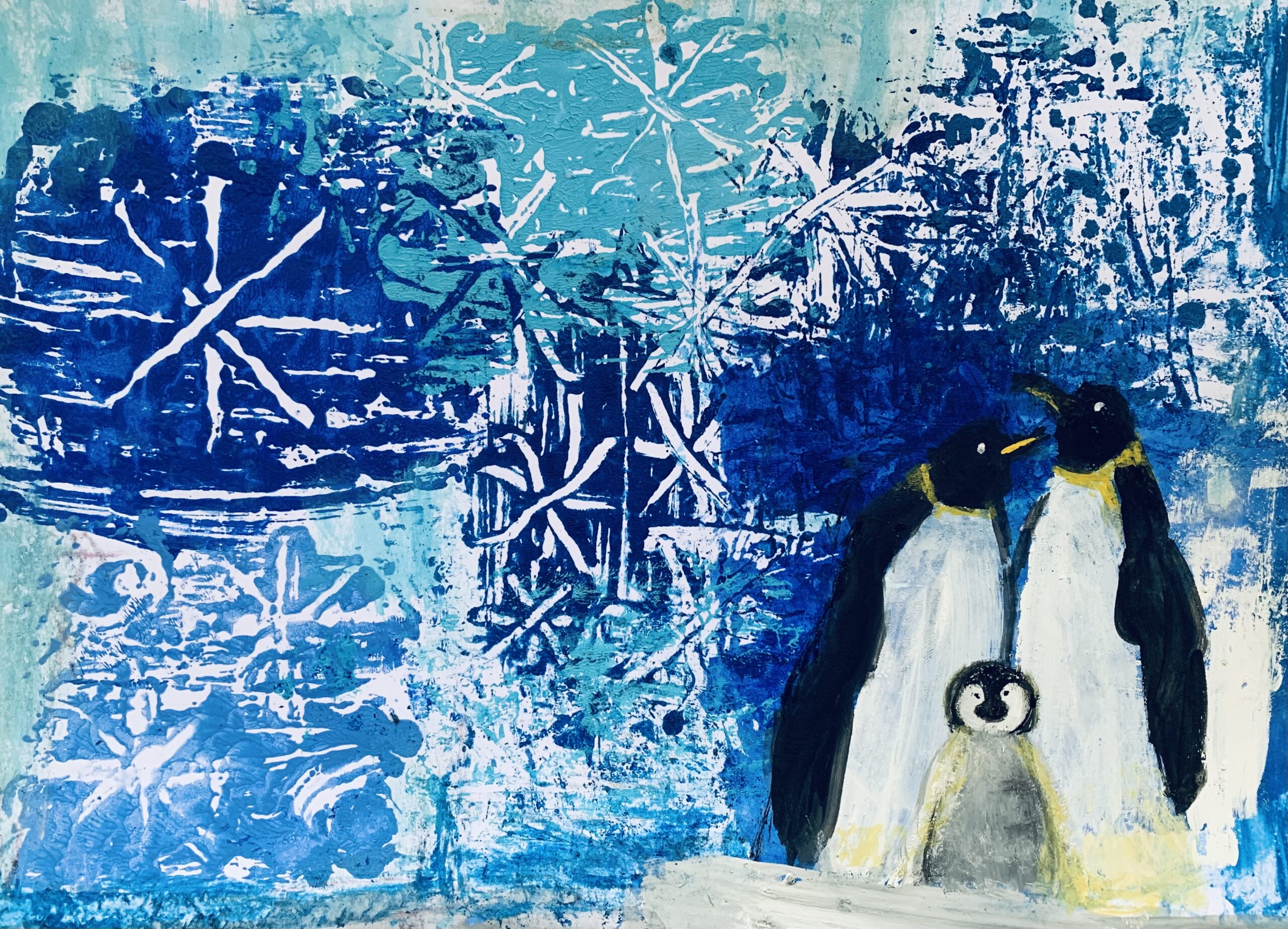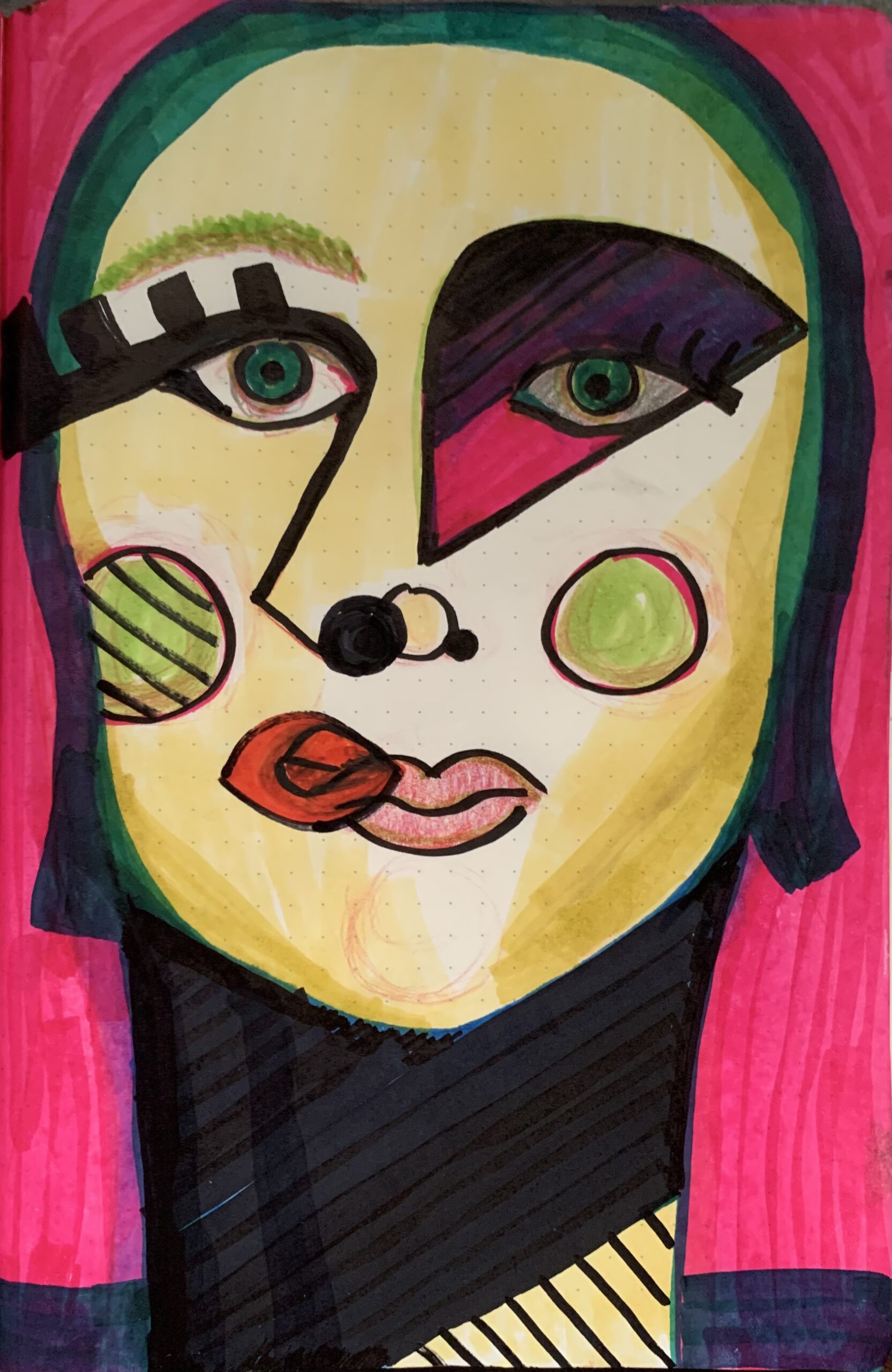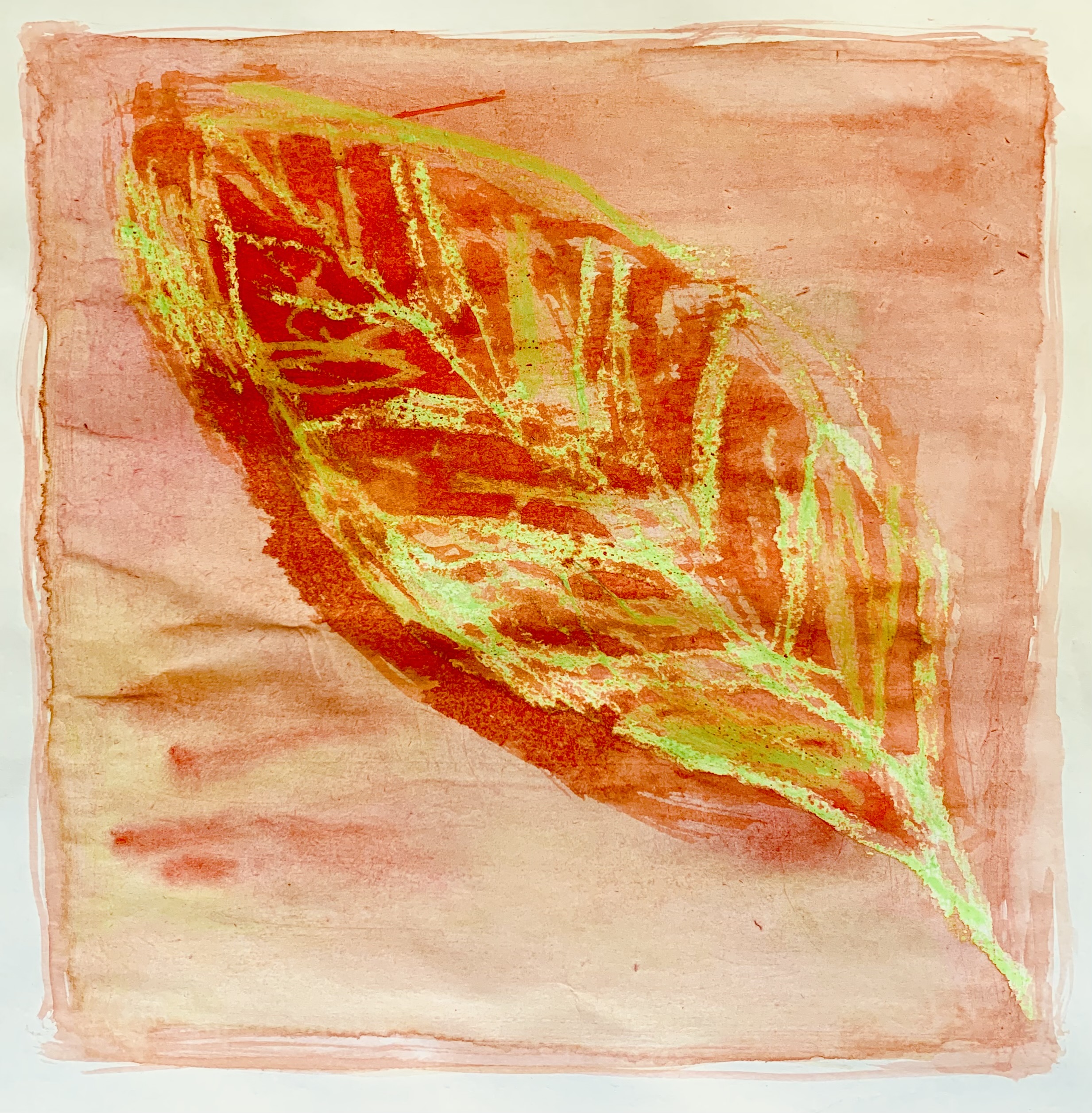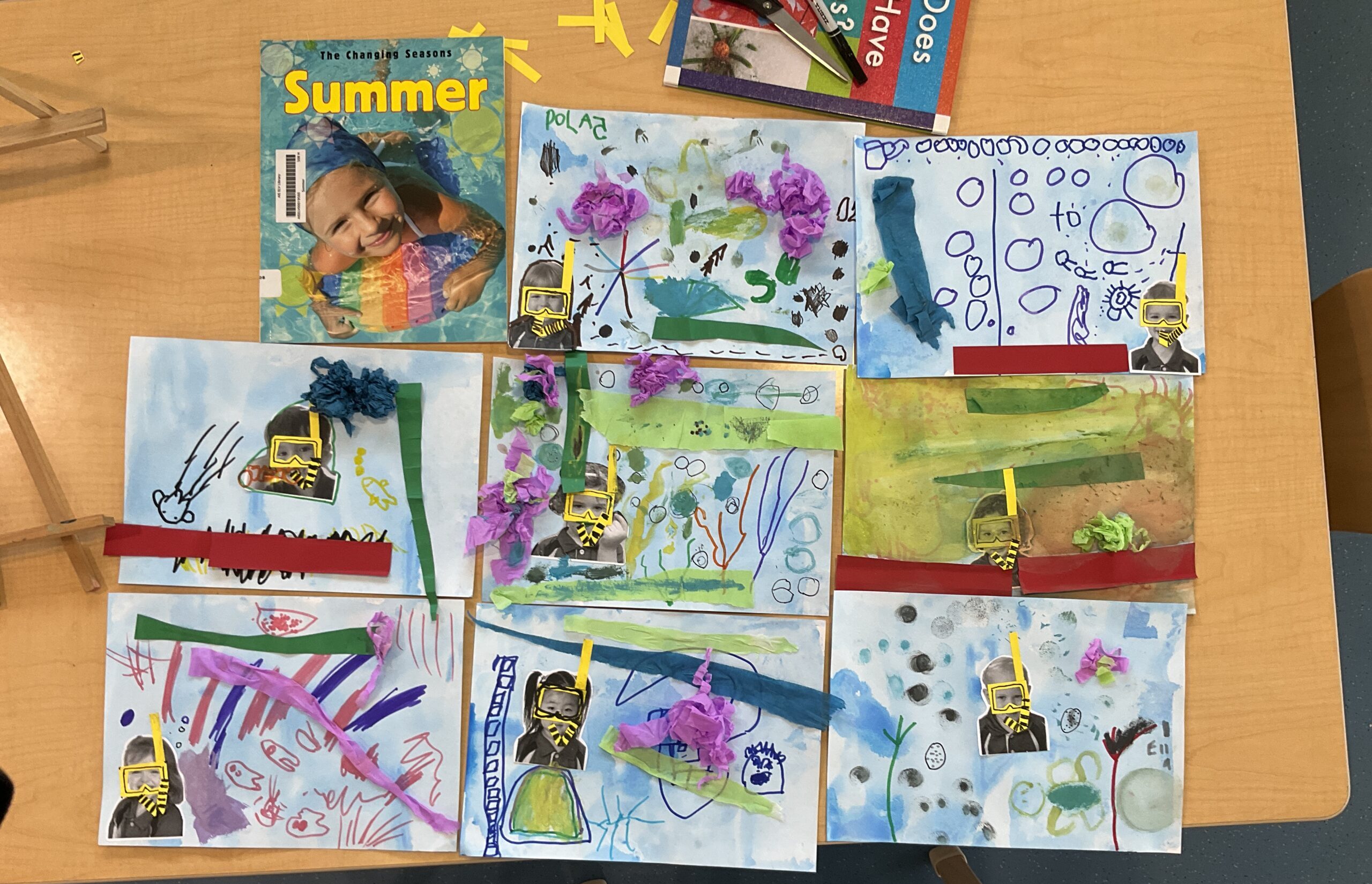🦋 Art Lesson: Symmetry in Nature & the Magic of Ancient Egyptian Colors
In today’s art adventure, we’re combining observation, creativity, and a little bit of history! We’ll explore symmetry by drawing insects, then dive into the world of ancient Egyptian art, where the deep blues of lapis lazuli and radiant gold once decorated tombs and treasures. Finally, we’ll put it all together in a beautiful, hands-on project using ultramarine blue and shimmering gold.
✏️ Part 1: Drawing Symmetrical Insects
Insects are a perfect subject for learning about symmetry. If you look closely at butterflies, beetles, dragonflies, and even ants, you’ll notice something interesting — their bodies are mirror images on either side of a central line. This is called bilateral symmetry, and it’s a common feature in nature.
🪲 Try this:
- Fold a piece of paper in half vertically.
- Sketch one half of your insect on one side of the fold.
- Then either trace or redraw the other side to match — like a mirror!
- Focus on shapes: the roundness of a ladybug’s wings, the delicate curves of a butterfly, the sharp symmetry of a beetle’s shell.
This practice helps develop observation skills and spatial awareness — and it’s super satisfying to see a perfectly balanced design come to life.
🏺 Part 2: Ancient Egyptian Art — Lapis Lazuli & Gold
Now, let’s take a quick trip back in time — to ancient Egypt.
The Egyptians were masters of art and symbolism. Two colors appeared again and again in their jewelry, murals, and artifacts: deep blue and glowing gold.
🔵 Lapis Lazuli was one of the most precious stones in the ancient world. Sourced from mines in Afghanistan, it was ground into a fine powder to create a pigment known as ultramarine — a rich, vibrant blue that symbolized the heavens, protection, and power.
✨ Gold represented the sun and was associated with immortality and divinity. Pharaohs were often depicted in gold, and many artifacts — from the mask of Tutankhamun to royal jewelry — were either made of gold or accented with gold leaf.
🎨 Art Activity: Insect Drawing with Ultramarine & Gold
Let’s combine the beauty of symmetry in insects with the elegance of ancient Egyptian color symbolism.
What You’ll Need:
- White drawing paper or watercolor paper
- Pencil and eraser
- Fine black pen (optional)
- Ultramarine blue paint and other colors as required (or watercolor)
- Gold paint or gold leaf with adhesive
- Brushes, water cup, and paper towels






Step-by-Step:
- Draw your insect using symmetry — fold the paper or draw a faint central guideline.
- Ink your drawing if you like a bold outline.
- Paint your insect using ultramarine blue. Try layering for a rich effect.
- Add gold:
- Option A: Paint the background in gold, creating a luminous, ancient-Egyptian-style contrast.
- Option B: Use gold leaf for a more dramatic, textured background (just apply adhesive and press the leaf down, then gently brush away the excess).
- Let it dry — and admire your radiant insect masterpiece!
✨ Wrap-Up: Art Meets History
This lesson is a fusion of science, art, and history. You’ve explored natural symmetry, connected with ancient materials, and created a piece of art that glows with meaning and color.
So the next time you spot a beetle or a butterfly, maybe you’ll also see a hint of the divine — just like the Egyptians did.
Would you like a printable version of this activity or a template to trace for younger artists? I can whip that up for you too!
🎯 Objectives:
- Understand and apply the concept of bilateral symmetry in art
- Learn about the historical use of lapis lazuli (ultramarine blue) and gold in ancient Egyptian art
- Create an artwork using these symbolic colors and materials
🧠 Vocabulary:
- Symmetry – When two sides of an image are mirror images of each other
- Ultramarine – A deep blue pigment originally made by grinding lapis lazuli
- Gold Leaf – Thin sheets of gold used in art for decorative purposes
- Lapis Lazuli – A semi-precious blue stone used in ancient times for jewelry and paint



